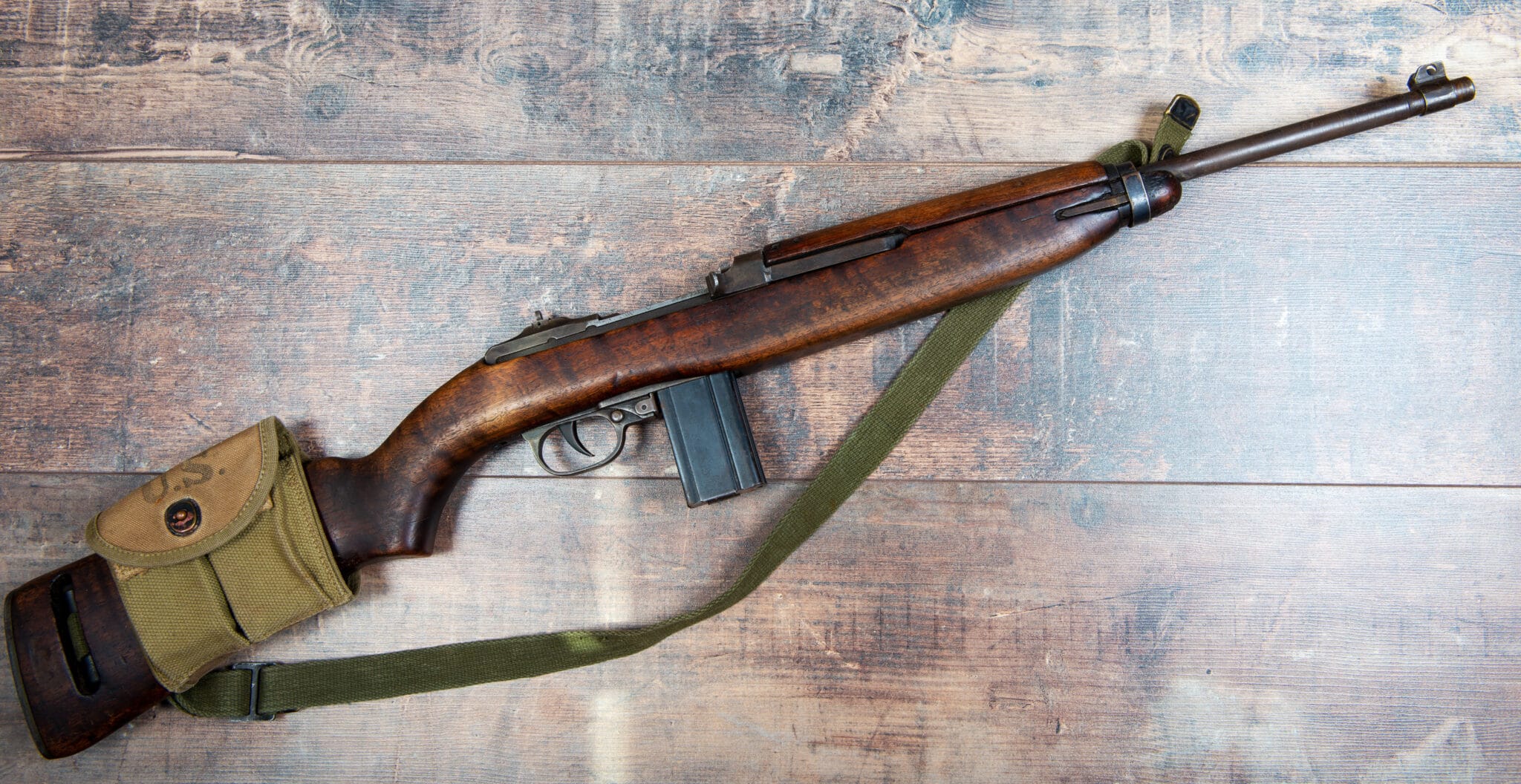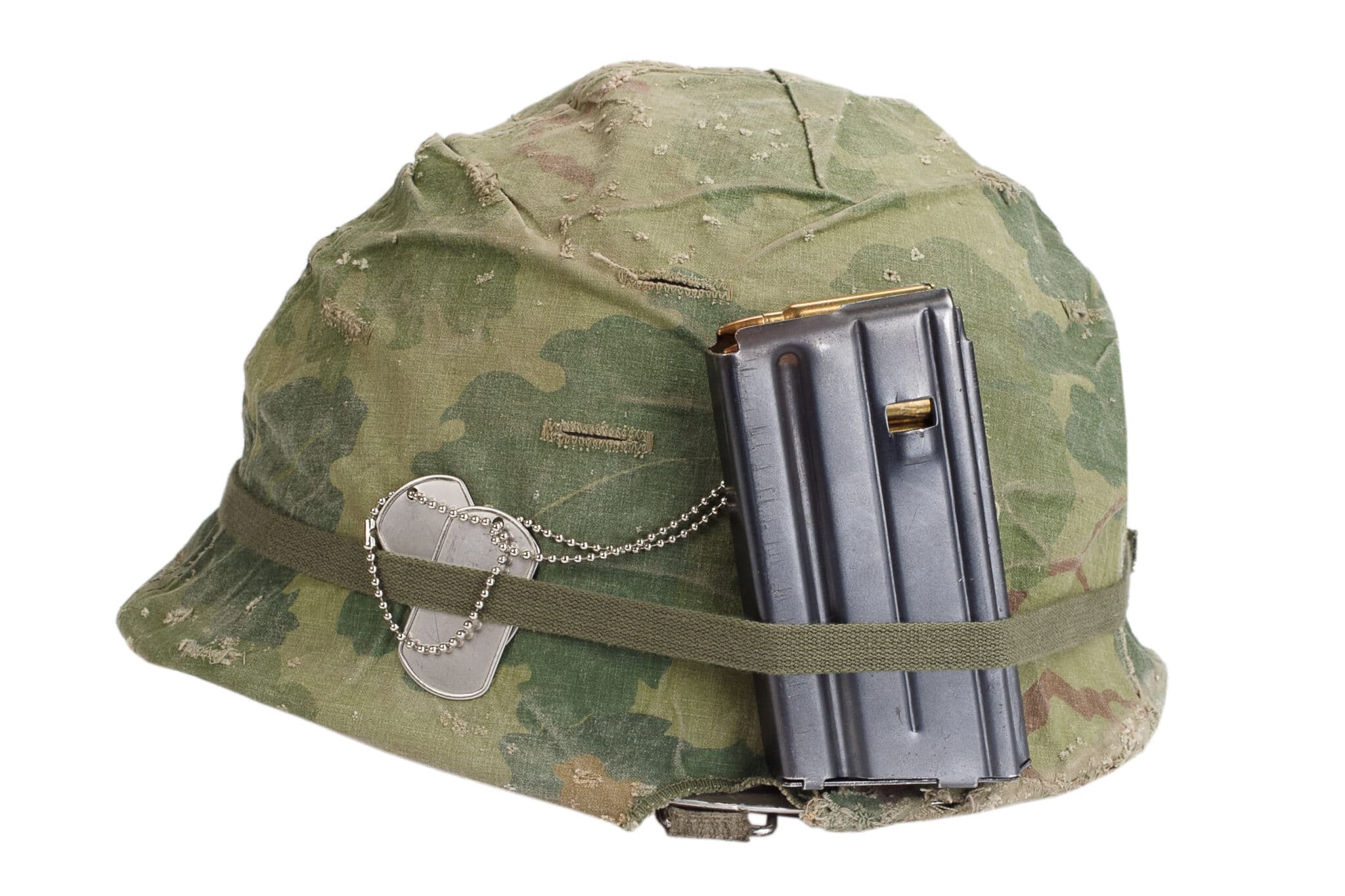What Exactly is a Carbine Rifle? A guide for beginners
Rifles are the most common type of firearm and the most versatile when concealment is not a consideration. The sheer number and variety of rifles available means that several sub-categories have evolved. One that has exploded in popularity in the past decades is the carbine rifle and this is what it is.
A carbine rifle has historically been considered a short and maneuverable rifle. They will generally, but not always, be chambered in low-recoil rifle cartridges. Carbines are valued for having higher rates of fire when compared to rifles.
One of the biggest driving forces behind the development of the modern carbine has been the military, with much of the development coming during World War II and the subsequent Cold War. In modern times though, much of the innovation has come from the shooting public itself.

The Quest for a Perfect Rifle
A rifle that is good at a given task will include a number of compromises, with the primary three being weight, size, and effective range. For militaries the weight of the ammunition is an important consideration as well.
An ideal rifle has the power and range to engage targets at a distance while still being portable enough to be used by an individual. Being self-sufficient is important for both citizen gun owners and members of the armed forces.
Since military use has been a key part of carbine development, I’ll discuss some important carbines in modern firearms history.

An Early Example: The M1 Carbine
The M1 Carbine, based on a downsized M1 Garand Action, was developed for support troops prior to and during World War 2. While it lacked the firepower of the Garand, it was shorter, lighter, and had a higher capacity.
This smaller size made it very useful for troops who worked in motor vehicles.
It was chambered in .30 Carbine, a cartridge with a mild-recoil but limited range and power. The carbine was also fed by a 15-round box magazine which helped it have a higher rate of fire.
The M1 Carbine stayed with the US Military until the Vietnam war, but was designed as a specialty weapon and never became a universally issued item.

The Assault Rifle: Automatic Rifle Kalashnikov Modernized
More commonly referred to as the AK-47, the AKM is an improvement on the AK-47 and was produced in much larger numbers. The AKM merges features from the M1 Garand, SKS, and the German Sturmgewehr 44.
Being both capable of fully automatic fire and fed by a 30-round box magazine, compared to the 10-round fixed magazine of the SKS, this weapon could put a lot of bullets downrange. It also had a very simple operation and maintenance requirements, ideal for issuing to under-trained servicemen.
The AKM was designed to be very quick and inexpensive to produce due to its stamped metal frame. It was chambered in the 7.62x39mm, which is more powerful than the .30 Carbine but much less so than a full-power rifle cartridge.
A Space Age Rifle: The M16
The US Air Force was the first service to be impressed by the ArmaLite AR-15, and it was quickly adapted for military issue to troops serving in Vietnam. At the time it was very futuristic with its use of plastic parts to reduce weight.
It replaced the M14, which was heavy and unwieldy in the bush. The M14 was chambered in 7.62x51mm, the military version of .308 Winchester, and was uncontrollable for most in rapid-fire. Though technically classified as a rifle, the M16 accomplished the same goals as a carbine when compared to the M14.

The M16 was unique in its chambering, that being 5.56x45mm. By shooting a small, lightweight bullet, the rifle could have more range than other carbines but with very mild recoil. It also meant ammunition weight was greatly reduced per round, and more could be carried.
The use of a cartridge traditionally thought best for varmints was revolutionary enough to get the Soviet Union to update their AKM rifles to the AK-74, which is chambered in 5.45x39mm. It is suspiciously similar to the 5.56x45mm in terms of ballistics, and understandably so.

America’s Carbine: The M4
In the 1980s the US Military was again ready to experiment with shorter and lighter.
The CAR-15 version of the M16 existed, but its extra-short barrel made it less than ideal for general use and sacrificed the ballistic gains originally associated with the 5.56x45mm. With military ammunition, which needs to fragment to wound effectively, this is doubly so.
The original M4, with its 14.5” barrel, was developed in the 1980s. After the Battle of Mogadishu, fought in 1993, interest spiked in a more maneuverable military weapon. The M4 was excellent in design as shared the majority of its parts with the M16.
The civilian version of the M4 (also called the M4) has a 16” barrel to comply with federal firearms laws and lacks select-fire capabilities. This carbine became immensely popular with civilian gun owners after the 1994 Assault Weapons Ban (AWB) expired in 2004.
The M4 has been so heavily modified by firearms developers that it is suitable for hunting animals that never could have been cleanly harvested with the original 5.56x45mm chambering.
It also gained wide acceptance in the law enforcement world and has all but replaced the pump-action shotgun.
Conclusion: Carbines are great for general use
When looking through these examples, the common theme is that a smaller, lighter rifle can be more desirable than a bigger, heavier one. In the military, carbines have gone from specialty rifles meant for a specific role to general issue in almost the entire world.
Carbines are at their best when the weight of ammunition is a factor, and fast follow-up shots are important. A lightweight firearm is also desirable when modern accessories, light optics, and flashlights, add additional weight to the firearm,
Carbines will never fully replace traditional rifles though. When single-shot power is important, the traditional rifle is king. This is why most hunters still prefer bolt-action rifles in a long or short action.
For defensive purposes, as well as recreational uses, the carbine is incredibly popular. Many new shooters are surprised how easy to control and shoot an M4 is. These modern weapons give shooters the ability to shoot at point-blank ranges with incredible control, then transition to target hundreds of yards away with little trouble.
It is hard to think of carbine-style rifles decreasing in popularity in the United States, given their features and attractive price. Their wide acceptance makes attempts at restricting access to them tantamount to political suicide for many politicians.
